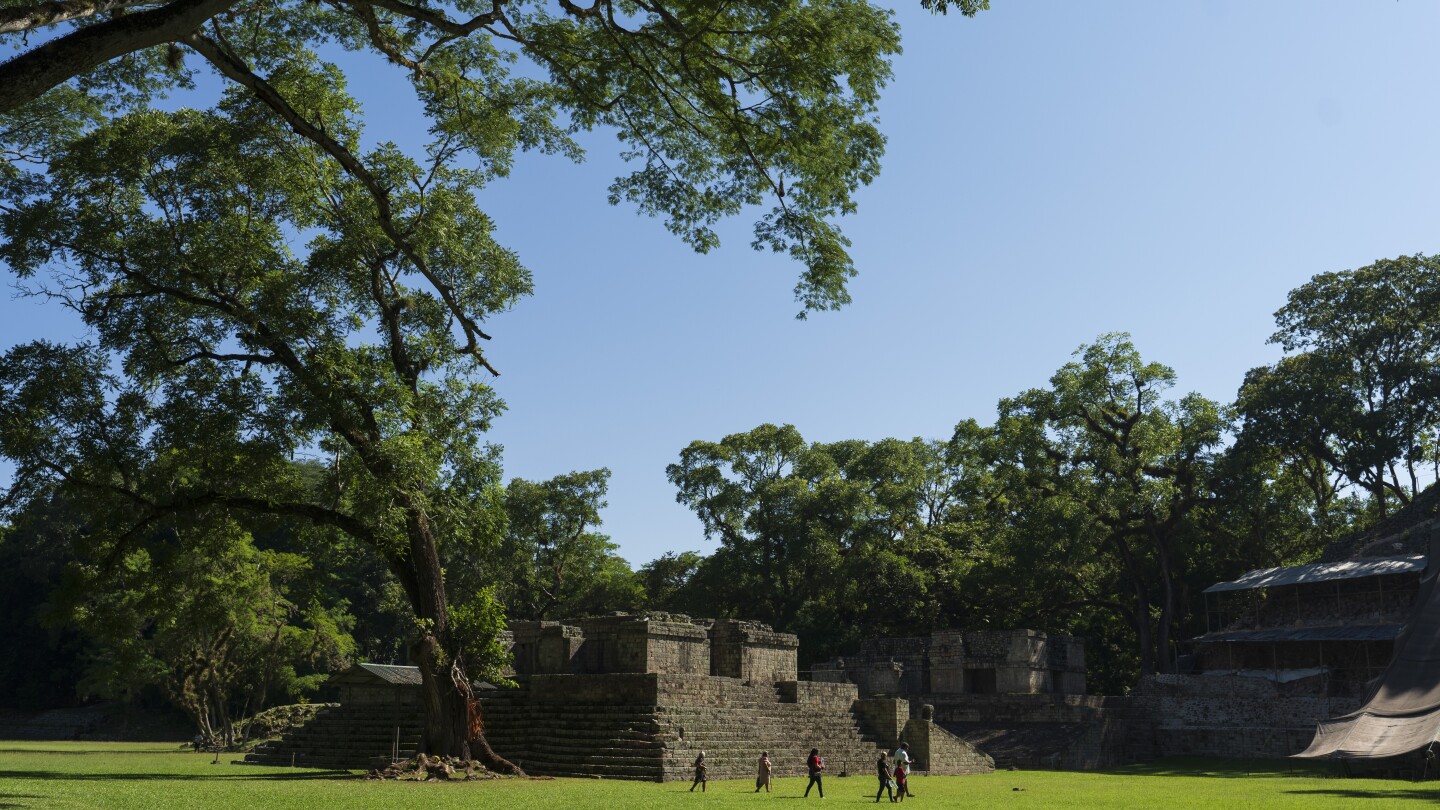In the quest to build better for the future, some are looking for answers in the long-ago past.
Ancient builders across the world created structures that are still standing today, thousands of years later — from Roman engineers who poured thick concrete sea barriers, to Maya masons who crafted plaster sculptures to their gods, to Chinese builders who raised walls against invaders.
Yet scores of more recent structures are already staring down their expiration dates: The concrete that makes up much of our modern world has a lifespan of around 50 to 100 years.
Also don’t forget about survivorship bias. We don’t know how many percent of their buildings are still standing. Probably only the really really good build ones. Also never forget, any idiot can build a bridge that stands. It takes an engineer to built one that barely stands. And that is often what we are doing today. Making our stuff “good enough” as otherwise it wouldn’t be economic feasible in the short or midterm. I am still curious how good it would be if we would instead aim for the long-term though…
They used bulk concrete and well fitted stone. Bulk concrete doesn’t really decay but is hard to build with, so we typically reinforce it with rebar. Rebar makes concrete much stronger and less brittle, but it also corrodes, and when the rebar fails, so does the reinforced concrete.
We could build things like the Romans did, but it would be more limited and expensive.



